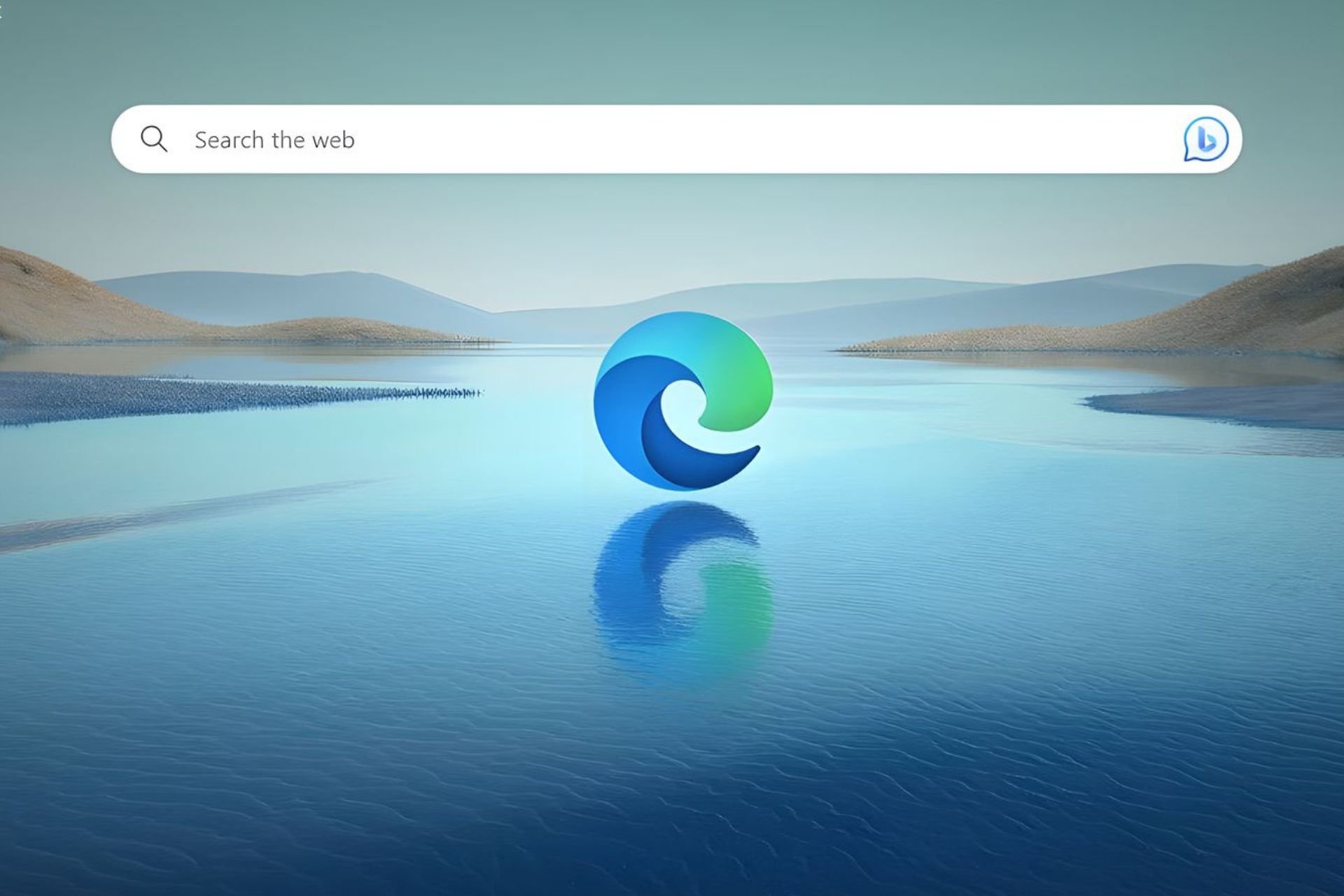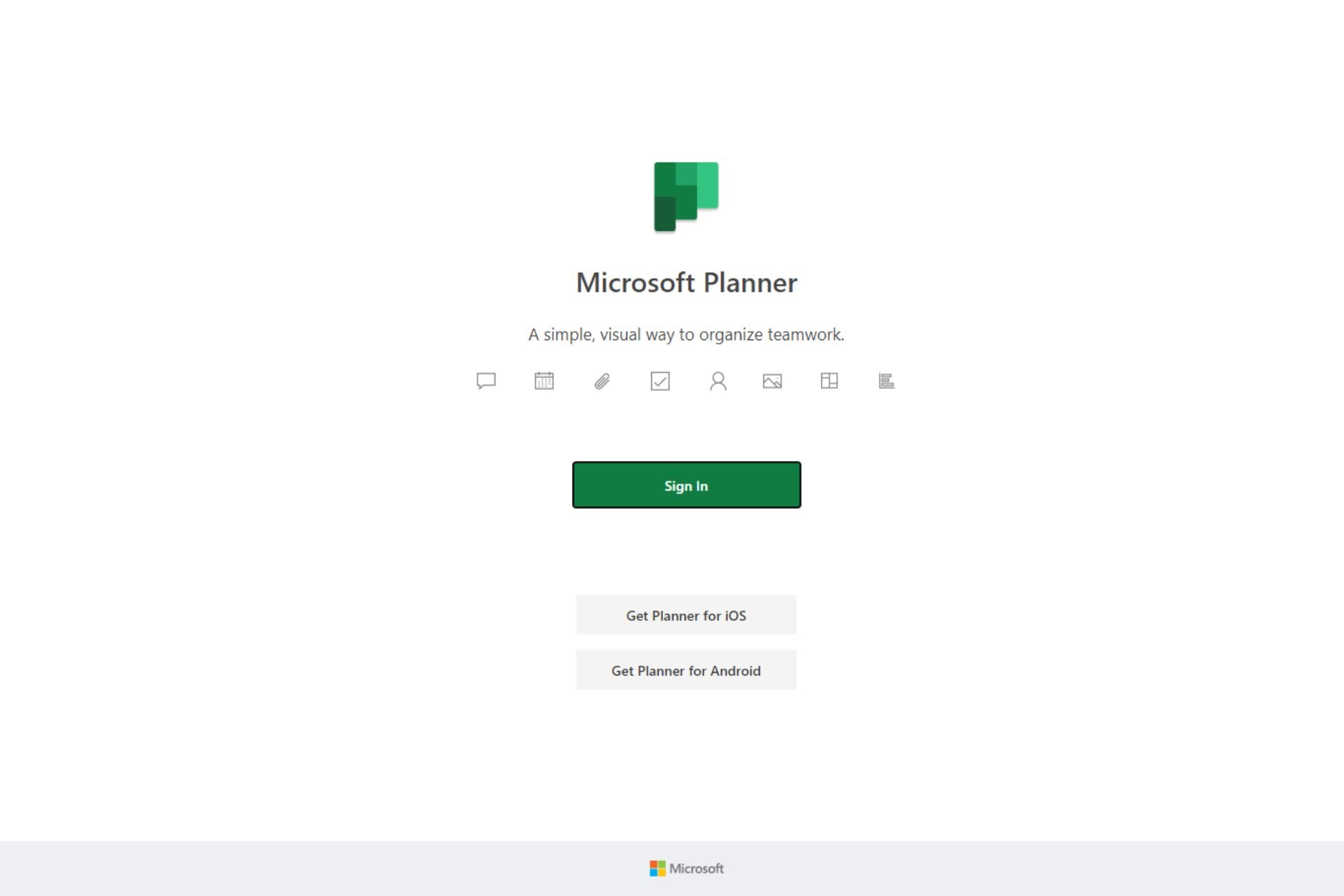Microsoft wants to build a peripheral privacy tool that encodes text only you can read
The system encodes text so those around won't be able to read it, but you can.
4 min. read
Published on
Read our disclosure page to find out how can you help Windows Report sustain the editorial team Read more

Microsoft products and services are among the most targeted products in the world: in 2022 alone, over 80% of the Microsoft 365 accounts were successfully hacked that year, with many other attacks following in 2023 and 2024. This year, hackers have started using AI to create, develop, and send out malware and phishing threats, most lethal to organizations.
Cybersecurity is more important than ever, no matter how it’s happening. If the Redmond-based tech giant now has Copilot for Security to effectively deal with all the threats mentioned above, it also wants to ensure that all the ways you can hack someone are covered, including the most basic ones.
With that in mind, Microsoft is working on a computing system to create and display encoded documents to safeguard peripheral secrecy, according to the company’s latest patent.
Microsoft says the peripheral privacy method changes the text of a document so private details can’t be seen by others, but it still allows users to view them. This system is not a simple exchange of some letters; it’s an intricate technological process that includes gaze tracking, alpha-blending, and altering in real time as per the user’s focus area.
Think about working on private papers in open places without worrying that someone will see what you’re doing from behind your back.
At the heart of this technology is its capacity to identify and encode a starting document by altering the text. The innovation does not solely rely on these characteristics; a camera monitors where the user’s eyes are looking to exhibit such encoded documents.
It generates a mask according to where you are looking, blending the original and encoded documents. This way, information in your sight line becomes clear while text around it stays hidden from others.
The most interesting part is the encoding method. The system does not mix letters in a disorderly manner. Instead, it uses a plan that changes letters according to their topological resemblance.
This means that the general setup of the text, like sentence size and paragraph arrangement, stays unchanged, keeping it easy to read. This delicate method does not change the narrative’s flow but lowers the chances of information leaks for the users.
Additionally, the system is made to be efficient. It stores the first and encoded documents in the device’s memory, reducing waiting time and ensuring that users’ document privacy does not slow down their interaction. This point is important because if a delay could be felt, it might break the reading flow and make technology an obstacle instead of an assistance.
The possible effects of this kind of system are wide-ranging. In a time when digital privacy always feels at risk, having a tool that can guard important details from being seen visually holds immense value. Be it for business people in public areas or anyone who treasures their solitude; this technology offers an advanced and easy-to-use security layer.
It would not be the first time Microsoft has considered it: earlier this year, the Redmond-based tech giant published a patent describing a form of protected LCD screen that would give users maximum intimacy when watching all sorts of content on their devices in public.
So it’s clear that one or the other, the company is seriously thinking about releasing either software or hardware that would offer this sort of security. And quite frankly, it would be welcomed. There are screen protectors on the market, but they can sometimes be a nuisance to purchase and set up due to each device’s specificities.
Microsoft’s development of a native screen protector as a peripheral privacy system is a good idea and necessary today.
What do you think?
You can read the full paper here.








